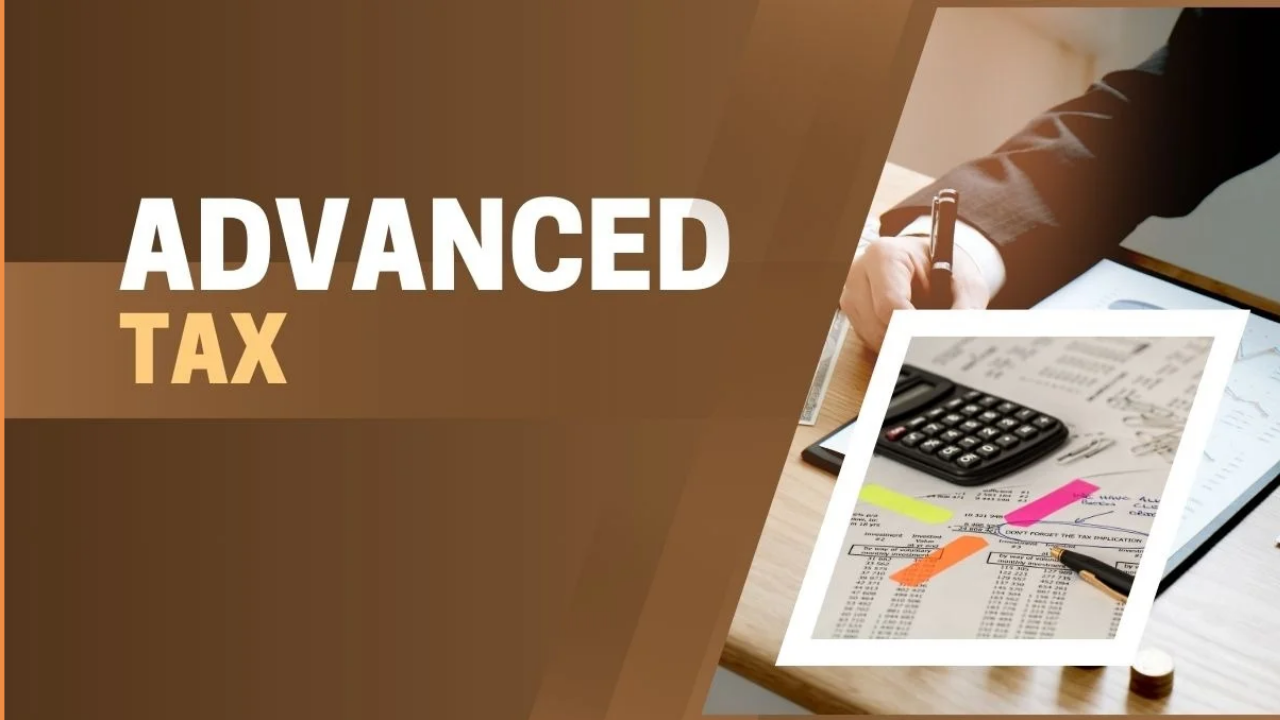The Income Tax Department in Shimla recently held an advance tax awareness program to help taxpayers understand their obligations better. The event, overseen by Shalini Bhargava, Principal Commissioner, Income Tax-1, Chandigarh, and Raja Ghosh, Additional Commissioner, Income Tax, Range Shimla, aimed to demystify advance tax under the Income Tax Act, 1961.
Key Takeaways on Advance Tax
Narender Kumar from Circle Shimla led an informative presentation, explaining the crucial aspects of advance tax:
- Who is liable? Generally, if your estimated tax liability for the financial year exceeds ₹10,000 (after TDS adjustments), you’re required to pay advance tax. This includes salaried individuals with other income sources (like rent, interest, or capital gains not covered by TDS), freelancers, businesses, and corporate entities. Senior citizens (60 years or older) without business or professional income are exempt.
- How to calculate?
- Estimate your total income from all sources for the year.
- Subtract eligible deductions and exemptions to find your net taxable income.
- Calculate your total tax based on the applicable slab rates.
- Reduce this by any TDS or TCS to determine your final advance tax liability.
- How to pay? Advance tax is paid in installments throughout the financial year, following a “pay-as-you-earn” system.
- Due Dates for Regular Taxpayers:
- June 15: At least 15%
- September 15: At least 45% (cumulative)
- December 15: At least 75% (cumulative)
- March 15: 100% (cumulative)
- For those under the presumptive taxation scheme (Sections 44AD and 44ADA), 100% of the advance tax is due by March 15.
- Payments can be made online via the Income Tax e-filing portal using Challan 280.
- Due Dates for Regular Taxpayers:
- Mutual Benefits:
- For Taxpayers: It allows for better financial planning by spreading the tax burden, helps avoid penalties (under Sections 234B and 234C) for delayed or insufficient payments, ensures legal compliance, and reduces year-end financial stress.
- For the Government: It provides a steady and timely revenue flow throughout the year, which aids in fiscal stability and funding public services.
This initiative highlights the department’s proactive efforts to simplify compliance and enhance taxpayer services.
